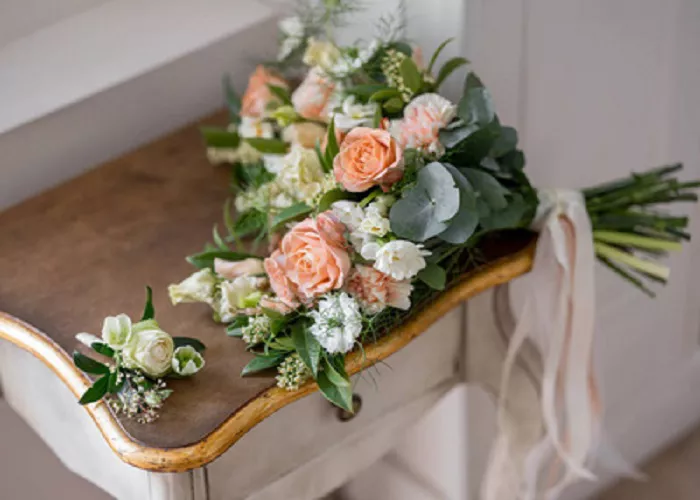As spring approaches with major flower-buying holidays like Easter, prom, and Mother’s Day on the horizon, local florists are navigating a season of uncertainty.
This comes after President Donald Trump announced a temporary pause on tariffs for imported flowers—a move that offers short-term relief but leaves long-term concerns unresolved.
Earlier this week, Trump imposed broad tariffs on nearly every country. By Wednesday, he had suspended those tariffs for approximately three months. While the pause prevents immediate price hikes, florists fear the costs could return later, possibly just as demand hits its peak.
“Over 80% of flowers are imported,” said Cassie Hammarmeister, owner of Roots in Bloom in Marion. “We’re kind of at the mercy of things beyond our control. But we’re used to adapting quickly.”
Tariffs on imported flowers could raise costs for small flower shops across the U.S., as extra fees on international shipments trickle down through the supply chain. Most of these flowers come from countries like Ecuador and Colombia, especially roses, which remain the top choice for weddings.
“Roses are by far the most popular wedding flower—you can look it up. They’ve held that top spot for years,” said Lauren Gardner, wedding planner and owner of Elizabeth Bliss Events.
Rising prices have already begun affecting wedding floral budgets, leading florists and planners to consider alternatives. Many are now looking to local flower growers, though these options often offer limited varieties and fewer color choices.
“As a small business, we have to be really thoughtful about where our flowers come from,” Hammarmeister said. “If we know their origin, we can make smarter choices and shift our sourcing if needed.”
For now, the three-month pause provides a temporary breather—but with trade tensions still looming, florists are preparing for whatever comes next.


